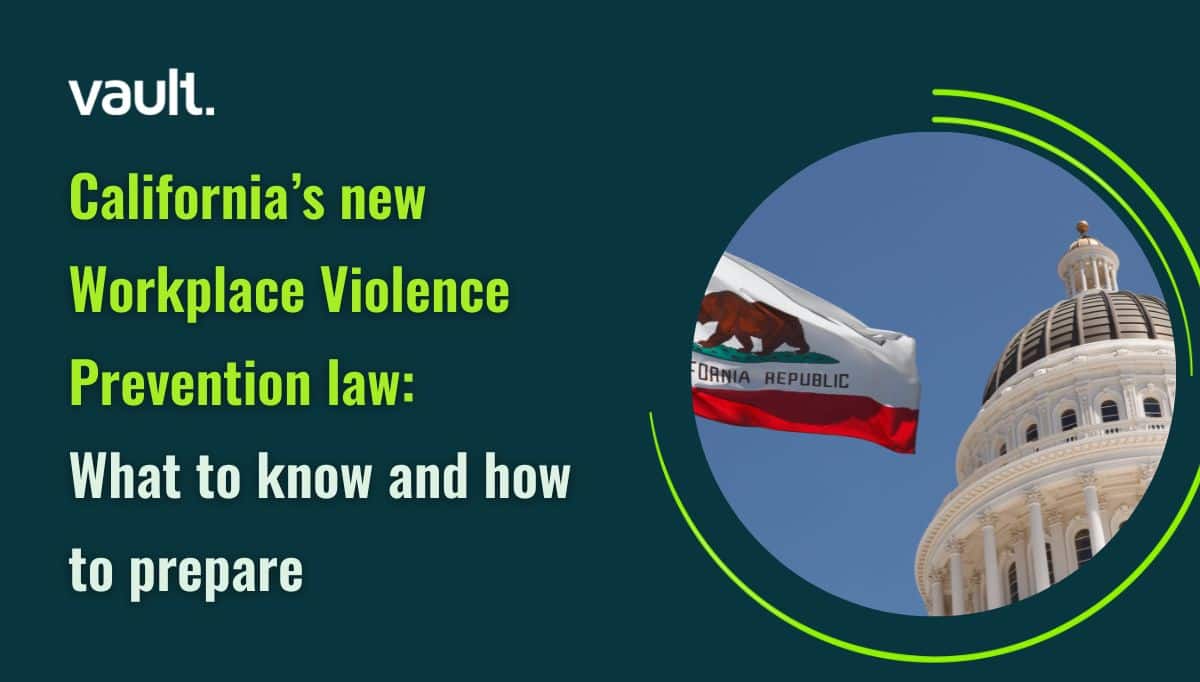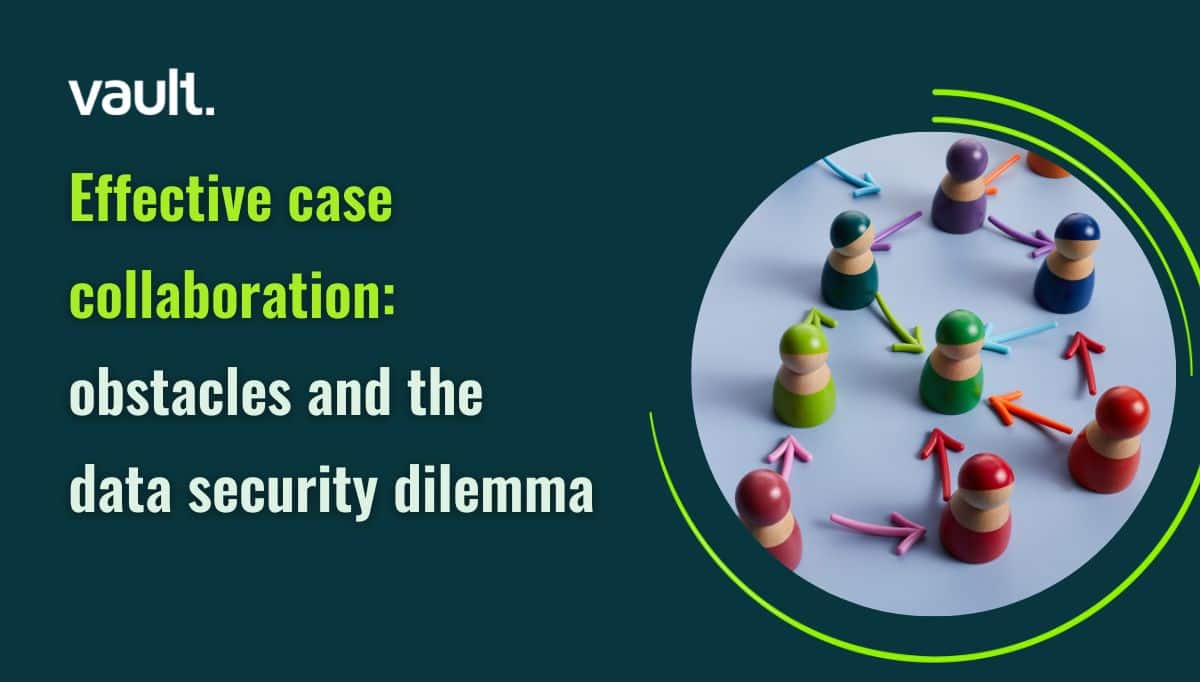June, the month associated with Pride celebrations, continues to be as eventful as the preceding few months of 2020 in terms of shining a spotlight on widespread racism and discrimination in the workplace.
As a wake up call, the systemic racism exposed through the Black Lives Matter movement during a month traditionally used to call attention to discrimination against the LGBT+ community means hitting ‘snooze’ is not an option.
Public sentiment is moving quickly on these issues – perhaps even faster than the business landscape. This will likely have repercussions for businesses out of step. Even the US Federal government is moving at speed with a Supreme Court ruling meaning that workers across the US cannot be fired for being LGBT.
This move impacts businesses operating in at least 28 of the 50 states that had no prior level of protection in place for sexual orientation or gender identity. According to the Williams Institute, UCLA School of Law, out of an estimated 8.1 million LGBT workers, nearly half lived in states without statutory protections. A poll conducted this month by the Kaiser Family Foundation, found that 90% of American adults agreed with the motion.
A cursory scroll through LinkedIn this month reveals a rainbow of logos adorned with the Pride colors and sentiments of solidarity similar to those posted in support of Black Lives Matter.
When addressing discrimination or any form of misconduct, speaking up in solidarity and listening to the people most affected are step. Very important steps but not the end goal. The crucial step is action. And something that’s revealed time and time again is the disconnect between what organizations say and what they will actually do to back those words up.
LGBTQ employees face hostility in the workplace. At least 22% of LGBTQ Americans have not been paid equally or promoted at the same rate as their peers and 20% of LGBTQ Americans have experienced discrimination based on sexual orientation or gender identity when applying for jobs. This increases to 32% for LGBTQ people of color.
According to the Human Rights Campaign, 46% of LGBTQ workers in the US are closeted in the workplace and more than a third (35%) of LGBT and slightly more than half (51%) of transgender employees in the UK disguise their identity at work for fear of discrimination.
At the top, change may be happening but it’s happening slowly. As of 2020, 93% of Fortune 500 companies have non-discrimination policies that include sexual orientation and a similar number that include gender identity. Yet only a single-digit percentage of these companies are fully transparent about the diversity makeup of their workforce.
Inclusive work cultures largely determine whether LGBTQ employees leave or stay. A quarter of LGBTQ employees report staying in a job due to an inclusive work environment, whereas 10% of LGBTQ employees have left a job because the work environment was not accepting.
There is also a trend of marginalized groups being disproportionately affected by COVID-19. About 40% of LGBT employees work in industries where they face more exposure, with 15% of workers in restaurants and food services and 7.5% working in hospitals.
Furthermore, 45% of LGBTQ workers say enforcement of their employer’s non-discrimination policy is dependent on their supervisor’s own feelings about LGBTQ people and 13% say they worry they will be fired from work for being LGBTQ identified.
Clearly, speaking up isn’t an option because people don’t feel that they will be supported. But it’s not for lack of asking. Marginalized employees know what they want and while businesses may be acknowledging these demands they may not be acting on them in the right way. Adidas is a great example of a company in the media crosshairs for this reason. On the one hand, standing in solidarity with #BlackLivesMatter, on the other, dealing with an employee uprising over alleged inequality within the firm.
The incumbent solutions for preventing and addressing discrimination don’t work and the state of the world during the pandemic has demonstrated that not only is change necessary but quickly achievable. Perhaps even more quickly than we ever imagined.
New solutions are available today. Employees are asking for them. It’s up to businesses to use them.
[simple-author-box]



